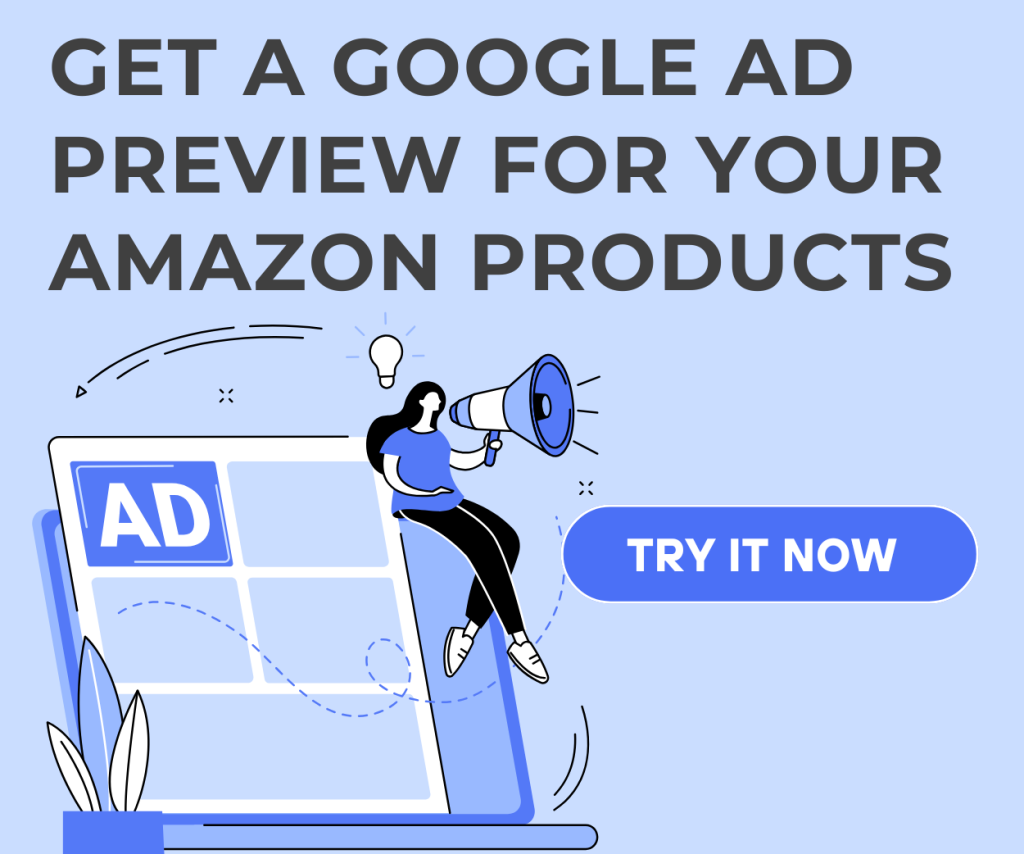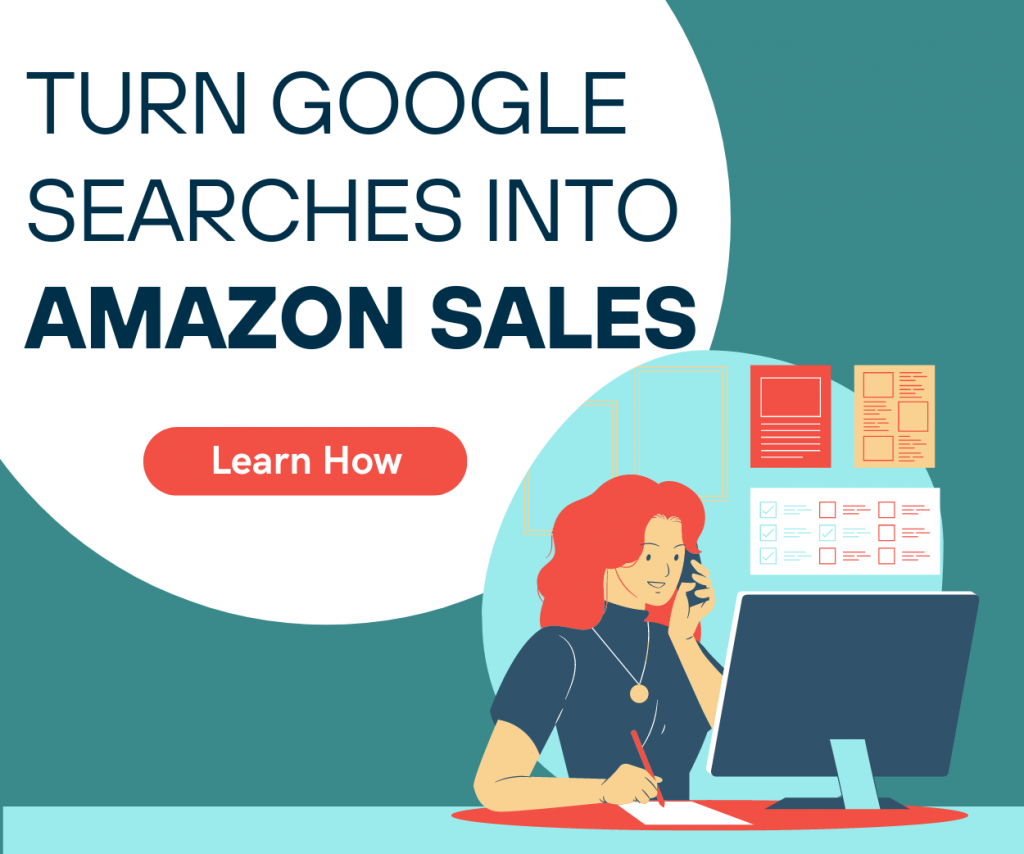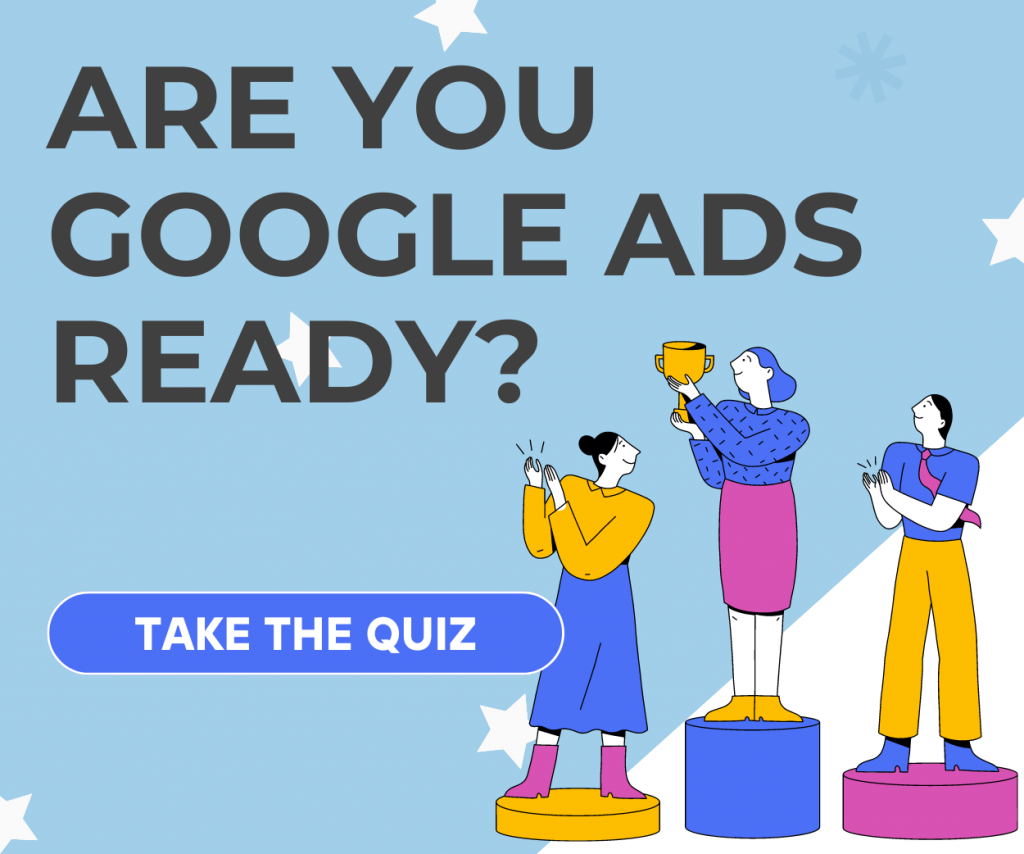PPC platforms and bidding are two sides of the same coin. Your bid is crucial in determining the ad’s placement and timing. While it’s not the sole factor influencing traffic, it serves as the initial stride towards realizing your PPC objectives.
What is Automated Bidding?
Automated bidding in Google Ads is a feature that uses machine learning to set bids for your ads. Adjustments in bids happen in real-time and it is based on factors such as the performance of your campaigns, the likelihood of conversion, and the campaign goals.
Currently, there are 7 bidding strategies available under Automated Bidding. Depending on your marketing objective you can decide which option to go ahead with. In March 2021, Google announced that it would be phasing out the Target CPA and Target ROAS smart bidding strategies. Maximize Conversions and Maximize Conversion Value would replace these strategies, operating in the same manner as the previous ones.
When should you consider using automated bidding in Google Ads?
You should consider using automated bidding in Google Ads under the following circumstances:
Have sufficient historical data: If your campaigns have accumulated enough historical data, automated bidding can leverage this information to make more accurate bid adjustments, leading to better performance.
A clear understanding of campaign objectives: If you have well-defined campaign goals such as driving sales, revenue generation or achieving specific ROAS, automated bidding can help optimize bids towards those objectives.
Face time and resource constraints: Automated bidding can help you save time and resources by automatically adjusting your bids based on auction insights. However, you still need to oversee your campaigns to ensure that they are performing as expected.
Managing large-scale campaigns: Managing campaigns with a large number of keywords and placements can be very time-consuming. Automated bidding can efficiently handle bid adjustments across a broad scope of elements.
If you are new to Google Ads: Automated bidding may not seem convincing at first, especially if you’re new to Google Ads and haven’t tried it yet. But if you’re sceptical, you can use Google Ads Experiments to compare how automated bidding performs against manual bidding.
Wish to acquire more customers: Automated bidding can be leveraged by companies of any size, regardless of their budget, to achieve more customers effectively. Whether you have a small or big budget, this tool can work to your advantage. By employing automated bidding, you can optimize for maximum conversions, thereby enhancing your brand visibility in the market.
Frequent auctions: When your ad enters the auction, Google Ads uses all available signals, such as the search query, match type, device, browser, and language, to determine whether it is eligible to show and where it will appear. Google’s Smart Bidding adjusts bids in real time using signals that influence conversions. For instance, if iOS users convert more frequently than Android users, Smart Bidding will raise bids for iOS users.
Combining Manual and Automated Bidding
Blending manual bid adjustments with automated bidding can provide you with a balanced approach that maintains greater control over your Google Ads campaigns. Here are some strategies to achieve this:
1. Using Device Bid Modifier in Smart Bidding:
With smart bidding, you cannot adjust the bid for a specific keyword directly. However, you can control bids at the ad group level using device bid modifiers. This means that you can first adjust the bid of a well-performing keyword, and then use the device bid modifier to increase the bid
For example: You have an ad group named “A”and the CPA is showing lower than your average expected CPA. In this case, you can increase the device bid modifier to say +30%for desktop and mobile to increase the bid. This adjustment increases your ad group’s chances of participating in more auctions and gaining impressions.
However, this adjustment applies to all keywords within the ad group, so separating specific keywords may be necessary for precise bid adjustments.
2. Ad Schedule Customization Unavailable in Smart Bidding
In smart bidding, there is no option for customizing the ad schedule because it ignores the ad schedule. You can either opt-in or completely opt out of the time slot.
Note: Karooya has a custom solution where we can provide bid adjustments based on the ad schedule for Smart Bidding contact us for more details.
Some of the manual controls you can use in conjunction with smart bidding are:
1. Individual Bid Adjustments:
You have the flexibility to make individual bid adjustments within an ad group based on performance. This allows you to increase or decrease bids for specific keywords or placements.
2. Regular Performance Review:
It is essential to regularly monitor the performance of your campaigns to ensure that they are achieving your desired results. If the performance is not meeting your expectations, you may need to adjust the CPA or ROAS goals for your smart bidding strategy.
3. Max CPC Parameter in Shared Portfolio Bid Strategy:
If you’re using a shared portfolio bid strategy, you can utilize the Max CPC (Cost Per Click) parameter, which is available within that strategy. This parameter allows you to set a maximum limit on CPC bids. You can refer to additional resources for guidance on how to set up shared target CPA in your Google ads campaign.
The following example illustrates how setting a maximum CPC limit can prevent excessive spending, ensuring that your actual CPC stays within your specified boundaries.
For instance, suppose your desired CPA is $10. In this case, Google might bill you up to $10 or possibly more for Cost Per Click (CPC). However, if you have a rough estimate of your conversion rate, say it’s 10%, your average CPC would be around $1, with a maximum CPC of $2 or $3. Setting this limit prevents excessive spending.
The Future of Automated Bidding
Google Ads is moving towards greater automation, and this trend is expected to continue. This is because automated bidding strategies are becoming more accessible and effective. In the future, Google may offer even more customizable automated bidding options, allowing advertisers to fine-tune their bidding strategies to align with their unique goals and preferences.
However, Automated Bidding works even better if executed under close supervision. So monitor your campaigns closely when using automated bidding and be prepared to make manual adjustments when needed.
Related Links





Stop the wasted ad spend. Get more conversions from the same ad budget.
Our customers save over $16 Million per year on Google and Amazon Ads.